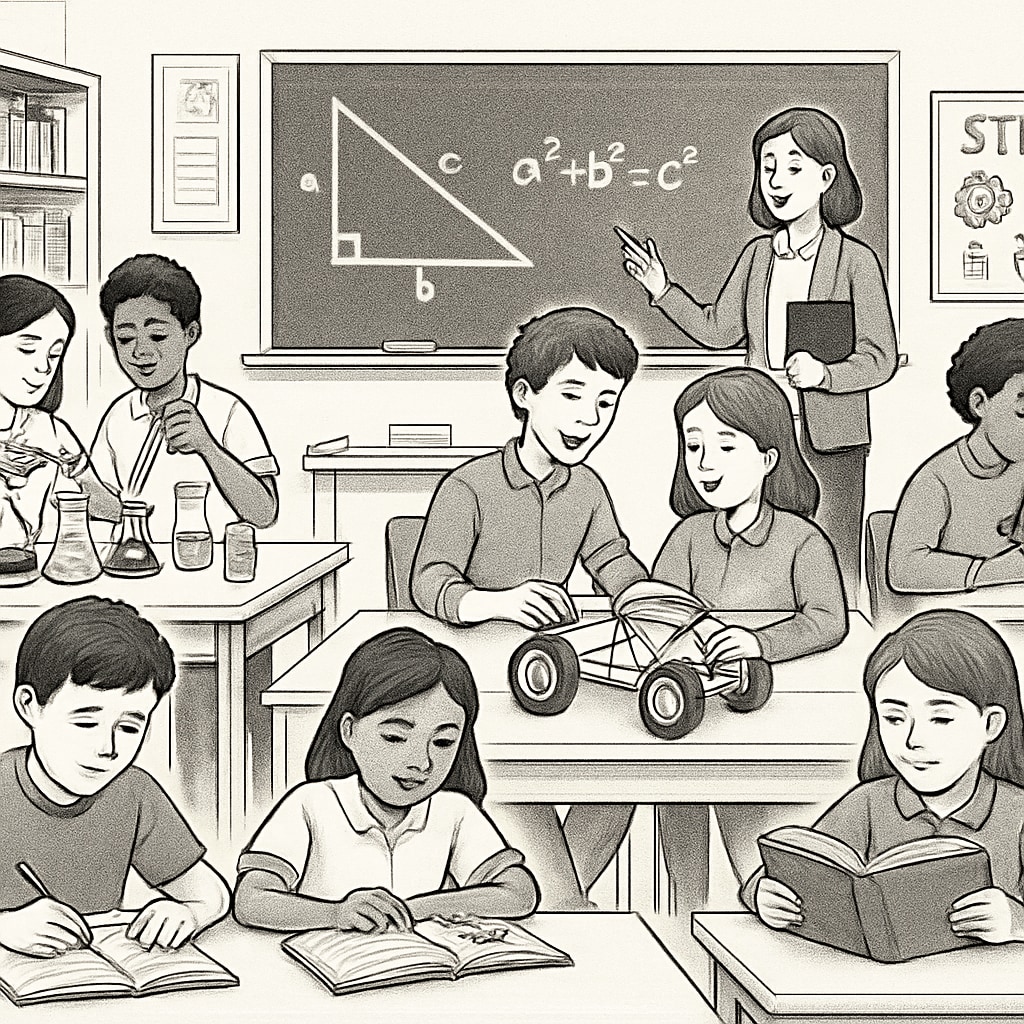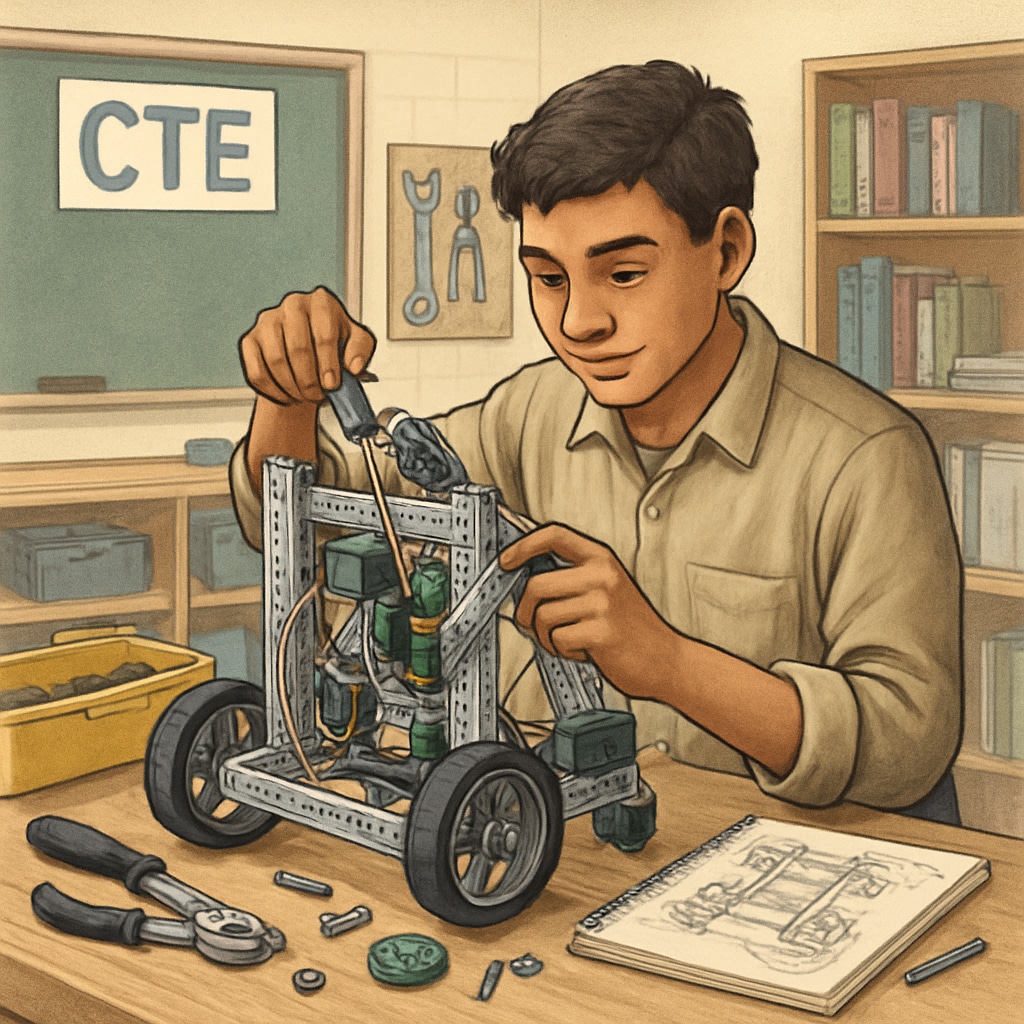The integration of Career and Technical Education (CTE), district structure, and traditional subjects is a pressing challenge in the current K12 educational landscape. With limited resources and increasing demands for workforce readiness, educators must explore innovative ways to balance academic rigor with practical skill development. This article discusses the importance of merging CTE with traditional subjects and offers actionable strategies to build a holistic educational model that benefits all students.
The Importance of Balancing Practical Skills and Academic Knowledge
Career and Technical Education (CTE) focuses on equipping students with hands-on skills that prepare them for the workforce. These programs often include subjects like computer science, engineering, healthcare, and business management. On the other hand, traditional academic subjects such as mathematics, literature, and history provide foundational knowledge essential for cognitive development and lifelong learning.
Balancing these two educational approaches is critical. A curriculum overly focused on academics may leave students without practical skills to navigate the job market. Conversely, prioritizing vocational training without a strong academic foundation could limit opportunities for higher education and intellectual growth. As a result, districts must develop a hybrid model that incorporates both aspects to ensure students are adequately prepared for the future.

Strategies for Effective Integration in K12 Education
Implementing a balanced approach requires thoughtful planning and collaboration across educational stakeholders. Below are key strategies that have proven effective:
- Interdisciplinary Curriculum Design: Combine traditional academic subjects with CTE. For example, integrating physics concepts into engineering projects or using business management principles in math classes.
- Partnerships with Industry: Collaborate with local businesses to create internship opportunities, ensuring students gain real-world experience while applying theoretical knowledge.
- Flexible Scheduling: Allow students to allocate time between academic and vocational courses based on their interests and career goals.
- Teacher Training: Provide professional development for educators to understand both academic and technical teaching methods.
These strategies not only enhance student engagement but also align education with the evolving demands of the job market.

Challenges and Opportunities in District Structures
District structures play a significant role in determining how resources are allocated for CTE and traditional subjects. In districts where funding is limited, prioritizing one over the other can lead to inequities. Therefore, administrators must explore equitable resource distribution to ensure all students have access to diverse learning opportunities.
One potential solution is leveraging federal and state funding programs specifically designed for CTE initiatives. For example, the Perkins V Act provides financial support for vocational education while encouraging integration with academic standards. Schools can also adopt innovative scheduling systems, such as block scheduling, to maximize the use of available facilities and staff.
Despite these challenges, the growth of technology in education presents new opportunities. Online platforms and virtual labs allow districts to offer high-quality CTE programs without significant infrastructure investment. Integrating technology into traditional subjects also makes learning more interactive and engaging for students.
Conclusion: Toward a Balanced Future
The integration of Career and Technical Education, district structure, and traditional subjects in K12 education is not just an ideal; it is a necessity for preparing students for the complexities of the modern world. By merging academic rigor with practical skills, educators can create a holistic learning environment that fosters both intellectual growth and career readiness.
As school districts continue to navigate resource constraints and evolving educational demands, adopting innovative strategies and leveraging partnerships will be key to achieving this balance. Ultimately, a well-rounded education model benefits not only students but also society as a whole, ensuring the next generation is equipped to succeed both academically and professionally.
Readability guidance: Use short paragraphs, lists, and transitional phrases to ensure clarity. Combine actionable strategies and examples with accessible language to engage a broader audience.


